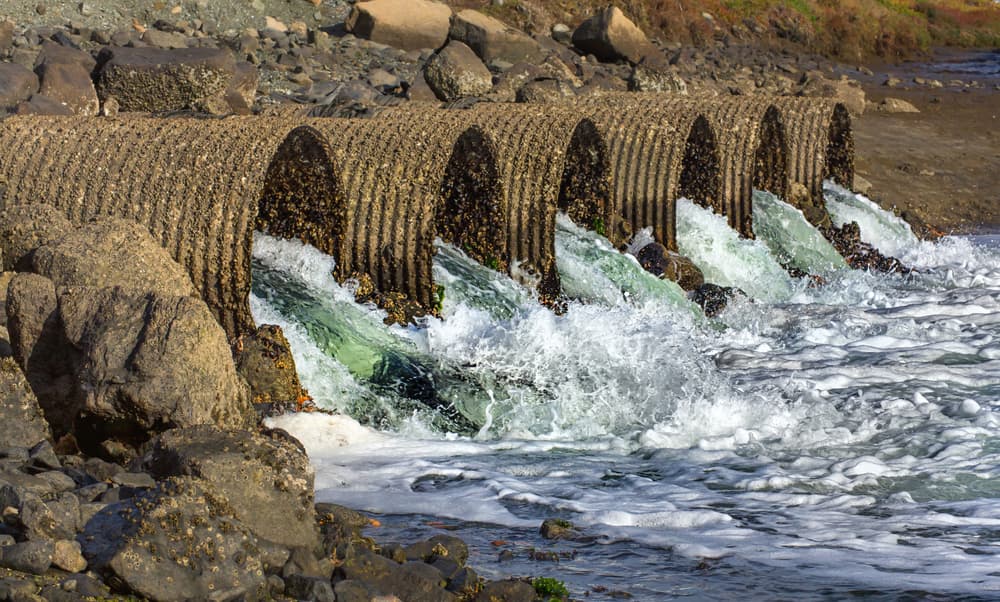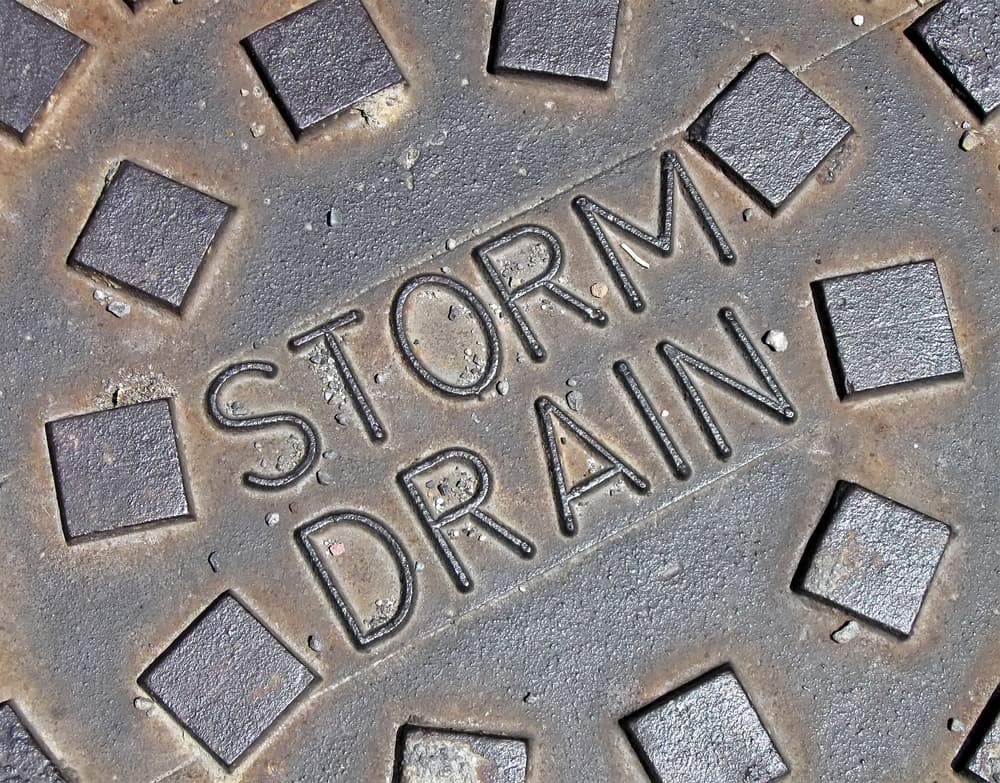When you are working on a construction project, every part of your stormwater pollution prevention plan (SWPPP) is essential. However, there are a few parts that sometimes get overlooked in your effort to get the plan done quickly and get it submitted. One place in particular that is sometimes forgotten, but is essential to the long-term safety of your site and your ability to prevent stormwater runoff and pollution is recordkeeping. Getting it right can also protect you from fines and penalties.
What is Required for SWPPP Recordkeeping
There are several requirements that every SWPPP must meet in terms of recordkeeping. At a basic level, you have to keep a copy of the entire plan, along with inspection records, reports, and any information or data you used to create the plan for at least three years from the date your permit coverage expires.
This includes:
- A copy of your original SWPPP without any changes or modifications
- A record of any changes or modifications made to the SWPPP (if applicable)
- Your notice of intent (NOI) and notice of termination (NOT), if applicable
- Any correspondence between you and local, state, or federal regulators for your site
- Detailed inspection information – dates, times, places, of BMP inspections, name of the inspector(s), and any observations or details like date, time, and exact location of spills or leaks
- Records of non-stormwater discharges
- A complete log of all corrective actions and BMP maintenance
- Weather information at the site, including temperature, rainfall, snow, etc.
- Information or correspondence about historic preservation or endangered species
- Specific dates for land disturbances (clearing, grading, excavating), when construction activities cease temporarily or permanently, and when you stabilized certain areas
- Any other information that your local or state authorities require
Why Recordkeeping Matters
The consequences of poor recordkeeping can be significant. Not only does it put your site at risk for polluting local waterways or endangering local species, but there are also financial consequences for noncompliance. If you fail to keep proper records of your mitigation efforts and other BMPs as part of your plan, you could face fines from the Environmental Protection Agency (EPA), as well as state and local environmental agencies or groups. EPA fines can range from $2,500 to $100,000 per day for a violation. Companies can face penalties as high as $2 million, and people or companies found in violation could also face criminal charges. Even if you did everything right at your site, failing to keep proper records might still leave you on the hook for penalties because you won’t have proof of your efforts.
Get Help with Your SWPPP
To avoid the consequences of getting it wrong, talk to the experts at Erosion Control Services. We can help you create your next SWPPP and ensure you are in compliance with all recordkeeping requirements.



